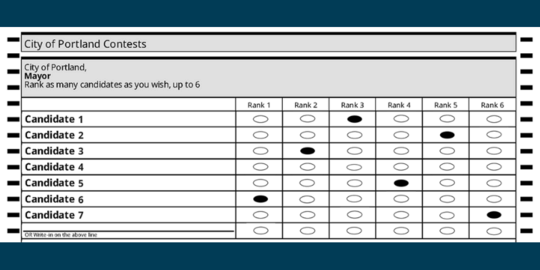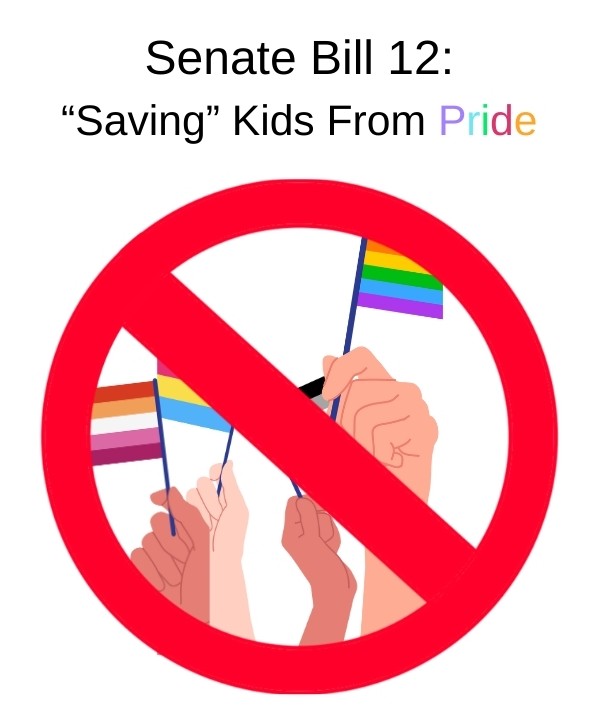School is a place of learning and finding out who you want to be. School should be a place that many should find comfort in and feel safe. But over the past couple years, school conflicts such as arguing amongst students, physical fighting, bullying and many more issues have been becoming a bit more common compared to recent years.
School conflicts are getting out of hand possibly because of the social isolation during the pandemic in 2020. Regardless, students need to find ways to avoid escalating a situation to such levels to avoid other students and facilities from getting hurt and involved.
When a child is sent to school, the parents expect the environment to be friendly and accept their child and hope that they can grow and learn. What they don’t expect is to hear on the local news media page that there was a fight or other form of violence at school. Though school violence isn’t an everyday issue, it definitely has been rising and now a fight or something similar often happens every week or so. A dispute between students isn’t rare and is bound to happen occasionally, but when the dispute escalates and physical fighting is involved, it definitely brings a sense of nervousness and uneasiness to the school vibe. The question that always arises is why do such conflicts escalate so quickly and what factors contributed to such behavior?
One factor that many believe is the main contributor to such behavior is the after-effects of COVID-19. During the pandemic many students were closed off due to not being able to go outside and socially interact face-to face. Instances of school violence lowered during the pandemic year, but according to the American Psychological Association, after the restrictions were lifted, incidents rebounded to levels equal to or exceeding those prior to the pandemic. Not only did they miss out on socializing, but many missed the transition phase from schools, such as elementary to middle school and middle school to high school. These transition phases are important because they help the student grow accustomed as their age and maturity levels grow. Missing these phases can hurt a student’s ability to learn and mature, which is important when it comes to socializing and understanding conflicts.
Without being able to learn to regulate their emotions students were unable to mature accordingly with their peers. Due to many not being able to experience such a change, their maturity levels didn’t grow until later after the pandemic was under control and students were allowed to return back to in-person classes. Even as they returned, students had already missed the important socializing phase, causing them to become unaware of how to handle their emotions. Many teachers and school members, even parents, noticed such behaviors. Many have found ways to help the students understand themselves and their emotions. By understanding this factor, when conflicts arise they will know how to handle it professionally without escalating it to an extreme level. According to the National Association of School Psychologists, Students can be part of the positive solution by participating in anti-violence programs at school, learning conflict mediation skills, and seeking help from an adult if they or a peer is struggling with anger, depression, or other emotions they cannot control.
Though COVID-19 played a factor, it does not excuse the behavior of students, but knowing the students’ history can allow adults to understand where the gap is within the students. By recognizing where the gap is, adults and school staff members can help the student find coping mechanisms to help control the situation before it escalates to unnecessary levels.







